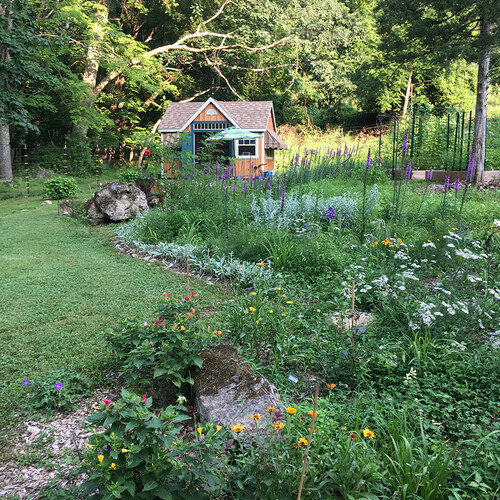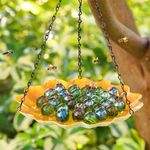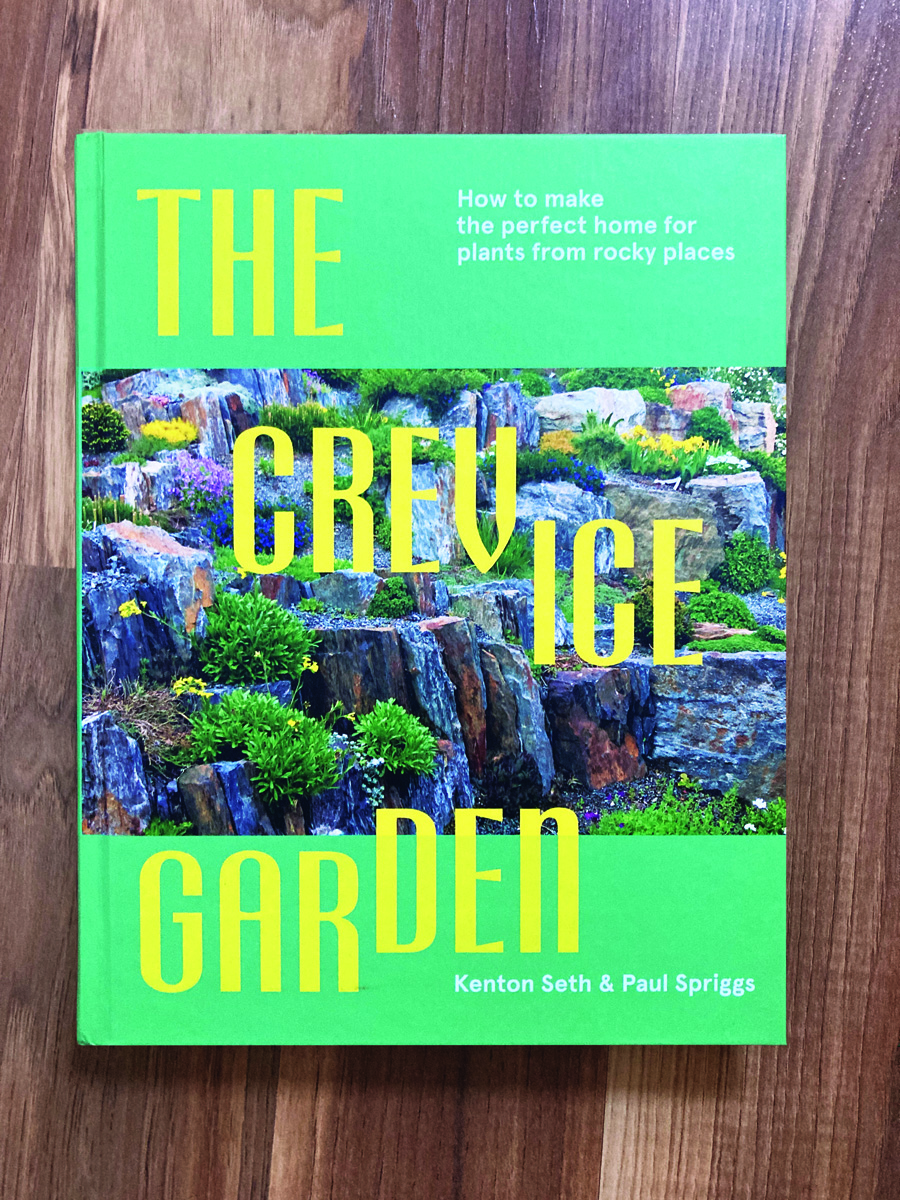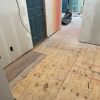
Hi GPODers!
Today we’re visiting Phyllis Strohmeyer in northwestern New Jersey. Last year, Phyllis sent us a fabulous garden year-in-review (The Year That Was in Northwestern New Jersey), and she’s making it a tradition by sending in some of her favorite photos from the 2024 growing season. As we head deeper into fall and winter is slowly creeping up on us, it’s a real treat to start the day with some peak season blooms.
 Antique plow among blazing stars, daisies, and dahlias.
Antique plow among blazing stars, daisies, and dahlias.
 In the 6 years we have lived here this is the first time this older hydrangea (Hydrangea macrophylla, Zones 6–9) has bloomed. We had a mild winter.
In the 6 years we have lived here this is the first time this older hydrangea (Hydrangea macrophylla, Zones 6–9) has bloomed. We had a mild winter.
 More beautiful blooms and foliage from the garden this year. A beautiful, bright purple garden phlox (Phlox paniculata, Zones 4–8) brings the color while some diverse foliage provides textural interest in the background.
More beautiful blooms and foliage from the garden this year. A beautiful, bright purple garden phlox (Phlox paniculata, Zones 4–8) brings the color while some diverse foliage provides textural interest in the background.
 I had accidentally left this calla lily in the ground all winter and it surprised me in the spring.
I had accidentally left this calla lily in the ground all winter and it surprised me in the spring.
 Tumbleweed onions (Allium schubertii, Zones 4–9) are a firework finale for a late spring gardens. With blooms that are often looser than other allium, tumbleweed onions provide a different kind of texture and work in situations where the more common globe shape might look out of place.
Tumbleweed onions (Allium schubertii, Zones 4–9) are a firework finale for a late spring gardens. With blooms that are often looser than other allium, tumbleweed onions provide a different kind of texture and work in situations where the more common globe shape might look out of place.
 Our Amish-built cottage—our happy place!
Our Amish-built cottage—our happy place!
 When flowers start disappearing from the landscape, the bright purple berries of beautyberry never disappoint. It is hard to tell exactly which kind in the late-season when only the colorful fruit remain.
When flowers start disappearing from the landscape, the bright purple berries of beautyberry never disappoint. It is hard to tell exactly which kind in the late-season when only the colorful fruit remain.
 Phyllis’s garden is painterly! There are so many fabulous colors on display, including this striking deep purple-blue salvia.
Phyllis’s garden is painterly! There are so many fabulous colors on display, including this striking deep purple-blue salvia.
 Ageratum (Conoclinium coelestinum, Zones 5–10) being visited.
Ageratum (Conoclinium coelestinum, Zones 5–10) being visited.
 Birdcage gazebo surrounded by kniphofia and Invinciball® hydrangea (Hydrangea arborescens ‘Abetwo’, Zones 3–9).
Birdcage gazebo surrounded by kniphofia and Invinciball® hydrangea (Hydrangea arborescens ‘Abetwo’, Zones 3–9).
 Crystal trees (ice coated) on Christmas Day.
Crystal trees (ice coated) on Christmas Day.
Thank you for sharing your garden highlights with us again, Phyllis! It’s always so insightful and inspiring to be able to see how a garden evolves over one year to the next. I truly hope that your garden reflections become a yearly tradition her on GPOD, and that we get to see how your space continues to evolve next year.
If you’re sitting on a stack of photos from this year’s growing season, consider sharing them with the blog! Follow the directions below to submit your photos via email, or feel free to send me a DM on Instagram: @agirlherdogandtheroad.
Have a garden you’d like to share?
Have photos to share? We’d love to see your garden, a particular collection of plants you love, or a wonderful garden you had the chance to visit!
To submit, send 5-10 photos to [email protected] along with some information about the plants in the pictures and where you took the photos. We’d love to hear where you are located, how long you’ve been gardening, successes you are proud of, failures you learned from, hopes for the future, favorite plants, or funny stories from your garden.
Have a mobile phone? Tag your photos on Facebook, Instagram or Twitter with #FineGardening!
Do you receive the GPOD by email yet? Sign up here.
Fine Gardening Recommended Products

Planting in a Post-Wild World: Designing Plant Communities for Resilient Landscapes
Fine Gardening receives a commission for items purchased through links on this site, including Amazon Associates and other affiliate advertising programs.
Featuring gorgeous photography and advice for landscapers, Planting in a Post-Wild World by Thomas Rainer and Claudia West is dedicated to the idea of a new nature—a hybrid of both the wild and the cultivated—that can nourish in our cities and suburbs.

Bee Watering Station with Vivid Flower Design
Fine Gardening receives a commission for items purchased through links on this site, including Amazon Associates and other affiliate advertising programs.
Thoughtful Combo: You will receive a bee feeder and 30 glass marbles. This thoughtful combo can provide clean water for the bees, you just need to put the marbles into the bee watering station, add water (note: the water level should not exceed the height of the marbles) and hang them in the right place. The round, colored marbles can provide a place for the bees to stand and prevent them from falling into the water, effectively keeping the bees safe. Fine Material: This exquisite bee bath is made of high quality iron material, smooth surface, rust and weather resistant, not easy to fade, sturdy and reliable. Bee cups for garden can well meet the drinking water needs of lovely bees, and it can also provide food for bees, such as sugar water, nectar, etc., attracting more bees to your outdoor area and making your garden full of vitality. Perfect Size: The butterfly watering station has an overall height of 13.4 inches, a bowl diameter of 9.4 inches, and a weight of 0.44 pounds. The bee cup serves the needs of the bees well without plunging them into dangerously deep water or taking up unnecessary space in your garden, and this compact and efficient design makes it a practical addition to any outdoor space. Elegant Design: Our bee watering cups are designed in unique flower shapes with vibrant and realistic colours to attract lovely bees to your garden and patio, bee feeders for outside are not only functional but can also be used as a landscaping element, their vibrant floral patterns enhance the beauty of your garden. Multicolored Decoration: Colorful bee water stations look like flowers in a garden, flower bed or pot and attract bees and butterflies. They can drink or bathe in bee feeders, which are highly decorative and practical.

The Crevice Garden: How to make the perfect home for plants from rocky places
Fine Gardening receives a commission for items purchased through links on this site, including Amazon Associates and other affiliate advertising programs.
A crevice garden replicates the environmental conditions of mountain tops, deserts, coastlines, and other exposed or rocky places on earth. These striking garden features provide perfect conditions for the plants native to these far-off places, bringing the cultivation of these precious gems within everybody’s reach.









